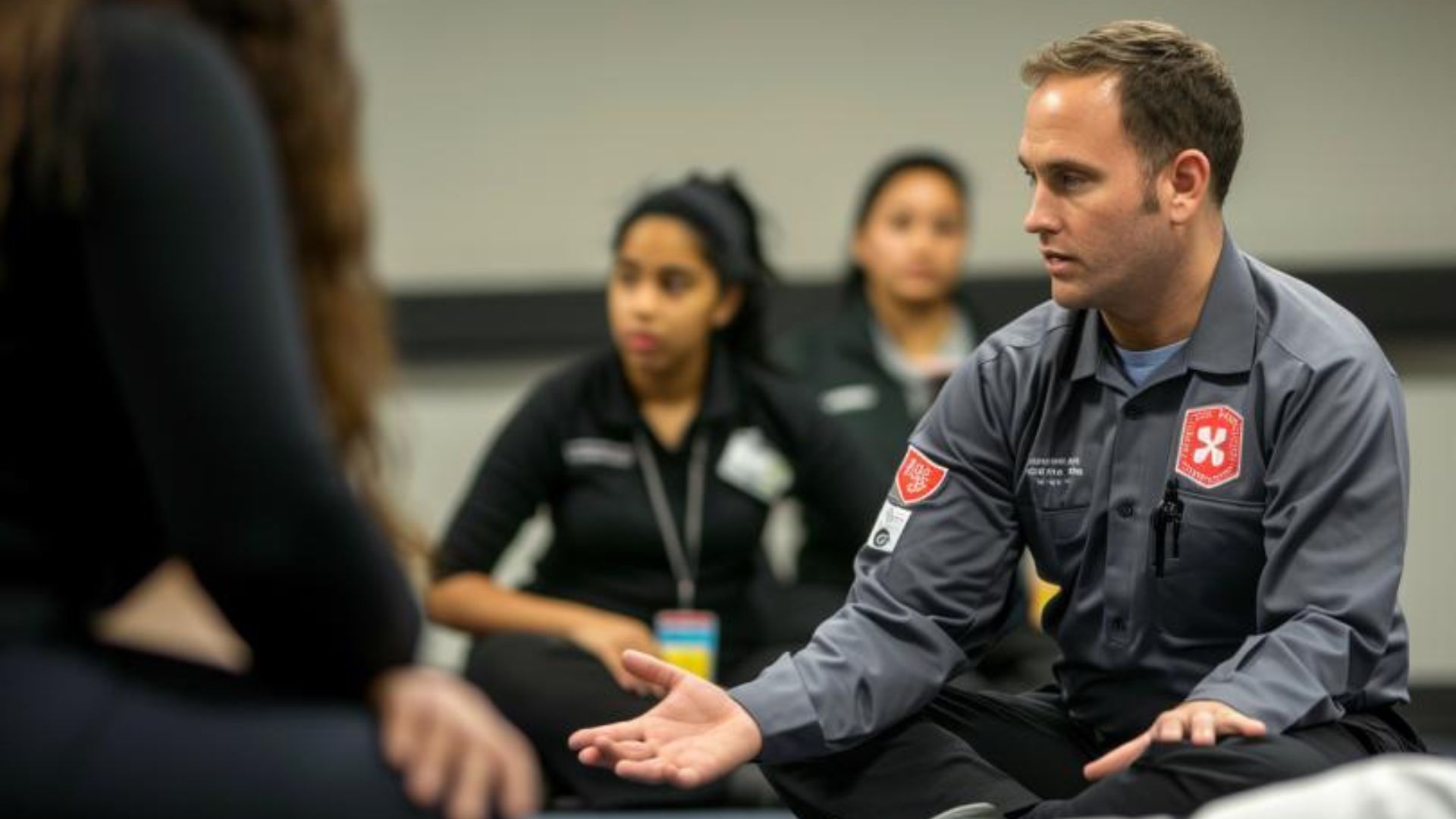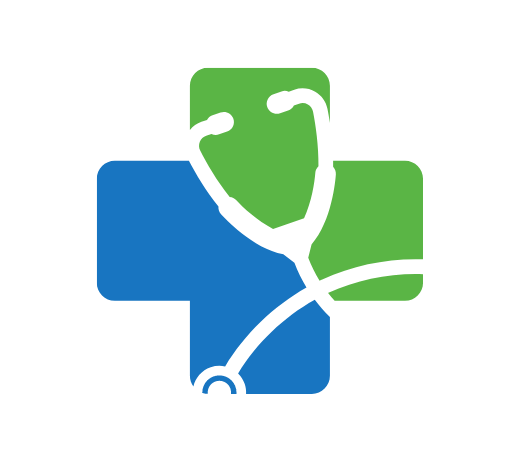
Why does a seemingly simple skill like listening hold the absolute key to unlocking accurate diagnoses, building unshakeable patient trust, and ultimately defining the difference between merely treating a disease and truly caring for the whole person in the complex world of modern medicine, a question we must urgently address to elevate healthcare standards across the globe.
The ability to actively listen is undoubtedly the most powerful tool in any healthcare professional’s arsenal, yet it is often the most neglected skill in the fast-paced, technology-driven environment of modern hospitals and clinics. When a patient steps into the examination room, they bring not just a list of symptoms, but an entire personal narrative filled with fears, expectations, and unique life contexts, and it is only through deep, focused listening that we can access the crucial details often hidden beneath the surface, details that are absolutely vital for arriving at a correct diagnosis and crafting a truly effective treatment plan. The sad truth is that studies consistently show a significant number of diagnostic errors can be traced back to failures in communication, usually a breakdown in the initial information gathering, which underscores the profound responsibility we carry to hear our patients, not merely listen to them passively.
The Fundamental Difference Between Hearing and Truly Listening
We must first understand that hearing is simply the passive reception of sound waves by the ear, while listening is an active, conscious process that requires complete mental engagement and the interpretation of both verbal and non-verbal cues. In the context of patient care, this difference is a matter of professional integrity and patient safety; true listening involves giving the patient uninterrupted attention, allowing them to complete their story without being prematurely cut off, a common pitfall that researchers estimate often happens within the first minute of a consultation. This dedicated focus demonstrates respect and helps establish the crucial doctor-patient relationship built on mutual trust, encouraging the patient to disclose sensitive information or subtle symptoms that they might otherwise withhold. Furthermore, active listening demands that we employ techniques such as reflective statements and paraphrasing to confirm our understanding of the patient’s perspective, ensuring that both parties are clearly operating from the same facts and emotional understanding.
Non-Verbal Cues: Reading Between the Lines of the Narrative
A significant portion of all human communication, some estimates suggest well over half, happens without words, through a rich tapestry of non-verbal cues that can often be more revealing than the spoken words themselves, and we must become expert interpreters of this silent language. We should pay close attention to the patient’s body language, such as their posture, the tension in their shoulders, or whether they maintain eye contact, as these visual signals can offer vital clues about their level of anxiety, pain, or emotional distress that they may be struggling to express verbally. For example, a doctor who sits down at eye level with the patient, rather than towering over them, subtly projects an attitude of partnership and shared authority, which immediately makes the patient feel more at ease and understood, as this simple gesture signals that the doctor is fully present in the moment and dedicated to the conversation. Recognizing a subtle tremor, a quick wince of pain, or a hesitant tone when discussing a particular symptom can direct the diagnostic process towards an area the verbal story may have overlooked, making these observations indispensable parts of the clinical evaluation.
Fostering Empathy: The Bridge to Patient-Centered Care
Empathy, the ability to understand and share the feelings of another, cannot exist without exceptional listening skills, and it is the essential ingredient that transforms good clinical practice into truly patient-centered care. When we listen with a genuine desire to understand the patient’s experience, including their fears, their beliefs about their illness, and the impact their condition is having on their daily lives, we are practicing empathic listening. This means more than simply acknowledging their distress; it involves verbally validating their emotions with phrases like, “I can only imagine how frightening this must be for you,” which confirms to the patient that they are being heard and understood as a person, not merely as a case file or a medical puzzle. This human connection is not just a soft skill; it has a tangible impact on treatment outcomes, as patients who feel a deep, empathic connection with their healthcare provider are statistically more likely to adhere to treatment plans and feel greater satisfaction with their care experience, a fact that should encourage all of us to continually hone this vital skill.
Practical Techniques for Enhancing Listening in the Clinic
To truly integrate active listening into our daily practice, we can adopt several concrete techniques that require only minor adjustments to the consultation flow but yield massive returns in information quality and patient rapport. We should begin the encounter with an open-ended invitation, such as asking the patient to “Please tell us the full story of what brought you in today,” and then commit to allowing a period of uninterrupted time, perhaps the first minute or so, for the patient to present their narrative without any questions or interruptions from our side, even if we think we know where they are going. A simple non-verbal cue like leaning slightly forward or a quiet verbal continuer like “mm-hmm” shows engagement and encourages them to keep talking, while we should also consciously work to resist the urge to interrupt to clarify or redirect the conversation, as every interruption risks shutting down a potentially crucial line of thought. By deliberately carving out this time for unfettered storytelling, we often receive a more complete and chronologically accurate account of the patient’s illness, which is the cornerstone of accurate diagnosis.
The Impact on Safety: Reducing Diagnostic Ambiguity
The link between poor listening and diagnostic error is a serious professional and public health concern, one that we cannot afford to take lightly, especially when the consequences involve a patient’s well-being. When information is missed, misinterpreted, or incomplete due to a distracted or impatient listener, the entire diagnostic process starts on a shaky foundation, leading the clinician down the wrong path or causing delays in necessary treatment, a dangerous situation we are all duty-bound to avoid. Furthermore, in the complex healthcare system of today, we also need to apply these robust listening skills when communicating with colleagues, nurses, and other specialists, ensuring seamless and accurate information handover during shifts or transitions of care, because a failure to listen carefully to a colleague’s summary is just as risky as failing to listen to the patient themselves. Therefore, refining our listening becomes an integral part of our patient safety protocol, serving as a critical checkpoint against ambiguity and misunderstanding at every stage of the medical journey.
Commitment to Lifelong Learning in Communication
The mastery of life-saving listening skills is not something that is magically acquired upon graduation; rather, it is a skill that requires conscious effort, continuous self-reflection, and a dedication to lifelong professional development, a commitment we must all embrace. Training programs, especially in Turkey and around the world, increasingly integrate advanced communication skills workshops into their curricula, utilizing simulated patients and immediate video feedback to help professionals identify their own listening weaknesses, such as interrupting too soon or displaying distracting non-verbal behaviors. We must approach these skills with the same dedication we apply to learning a new surgical procedure or diagnostic technique, recognizing that both technical knowledge and human connection are essential pillars of excellent healthcare. The ongoing pursuit of better listening is a sign of our professional humility and our unwavering dedication to placing the patient’s needs at the absolute forefront of everything we do in the clinic.
This comprehensive guide, detailing the crucial importance and practical techniques of Life-Saving Listening Skills for Better Patient Care, was carefully compiled by the dedicated team at the www.turkishdoctor.ae team.

 then "Add to Home Screen"
then "Add to Home Screen"